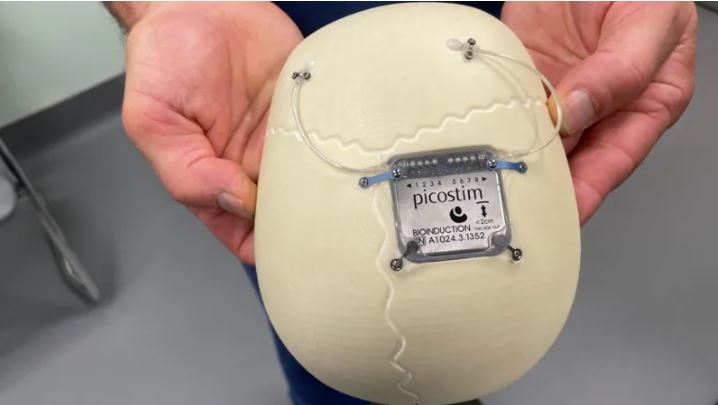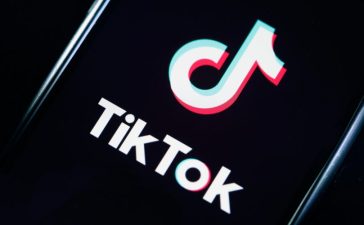Thirteen-year-old Oran Knowlson from the UK, who has battled severe epilepsy with hundreds of seizures daily, is now experiencing a significant reduction in his symptoms thanks to a pioneering new brain implant. This innovative neurostimulator, which delivers electrical signals deep into the brain, has reduced Oran’s seizures by up to 80%, offering a glimpse of a more normal life for the young boy and his family.

Oran’s mother, who has watched her son’s childhood be “robbed” by relentless seizures, expressed profound relief and hope. “This new device has given Oran a chance to experience life without the constant interruption of seizures,” she said. “It feels like he’s getting his childhood back.”
Epileptic seizures are caused by abnormal bursts of electrical activity in the brain. The new implant works by emitting a continuous pulse of electrical current that blocks or disrupts these abnormal signals. The device is revolutionary in its approach, directly addressing the electrical malfunctions that cause seizures.
A standout feature of the neurostimulator is its recharging method. It uses wireless headphones to recharge, a user-friendly and non-invasive approach that allows Oran to maintain his treatment regimen without the need for frequent surgical interventions or cumbersome equipment.
Currently in the testing phase, the implant has shown promising results. In Oran’s case, the frequency and severity of his seizures have decreased significantly, marking an 80% improvement. This breakthrough offers new hope to many patients who suffer from severe, treatment-resistant epilepsy.
Dr. Helen Martin, a leading neurologist involved in the project, explained the science behind the implant. “The device targets specific areas of the brain where seizures originate. By delivering precise electrical pulses, it disrupts the abnormal activity that leads to seizures,” she said. “This method is proving to be highly effective in managing symptoms in patients who do not respond well to traditional treatments.”
The success of this neurostimulator in clinical trials suggests a potential shift in the treatment of epilepsy. Traditional methods, such as medication and surgery, often fall short for patients with severe forms of the condition. The new implant represents a significant advancement in neurotechnology, offering an alternative for those whose seizures remain uncontrolled by existing therapies.
While the implant is still undergoing rigorous testing to ensure its safety and efficacy, the initial results are promising. Experts believe that, pending successful trials, the device could soon become a widely available option for epilepsy patients worldwide.
The development of this neurostimulator is a collaborative effort between medical researchers, engineers, and neurologists, funded by a combination of public health grants and private sector investments. The aim is to refine the technology and make it accessible to a broader patient population.
Oran’s journey with epilepsy has been challenging, but this new technology provides a beacon of hope. “For the first time in years, we can see a future where Oran’s life isn’t dominated by his condition,” said his mother. “This implant is more than just a medical device; it’s a chance for a normal life.”
As the neurostimulator continues to undergo clinical trials, the epilepsy community remains hopeful. The potential for this device to transform the lives of those living with severe epilepsy is immense, heralding a new era in the management and treatment of the condition.
Thirteen-year-old Oran Knowlson, a British boy who has endured up to hundreds of epileptic seizures daily, is experiencing a remarkable improvement in his condition thanks to a groundbreaking neurostimulator. The device, which sends electrical signals deep into the brain, has reduced Oran’s seizures by as much as 80%, offering a new lease on life for him and his family.
Oran’s mother, who has witnessed her son’s childhood being “robbed” by epilepsy, expressed immense relief and hope with the device’s effectiveness. The neurostimulator works by emitting a constant pulse of electrical current to block or disrupt the abnormal bursts of electrical activity that trigger epileptic seizures.
The implant, which can be recharged using wireless headphones, is currently still in the testing phase. Despite this, its success in significantly reducing Oran’s seizures marks a promising advancement in epilepsy treatment.
Oran’s story highlights the potential of neurostimulation technology to transform the lives of those suffering from severe epilepsy. As the device continues to undergo testing, there is hope that it may soon become widely available, providing relief and restoring normalcy to many others affected by this debilitating condition.
Source: BBC






